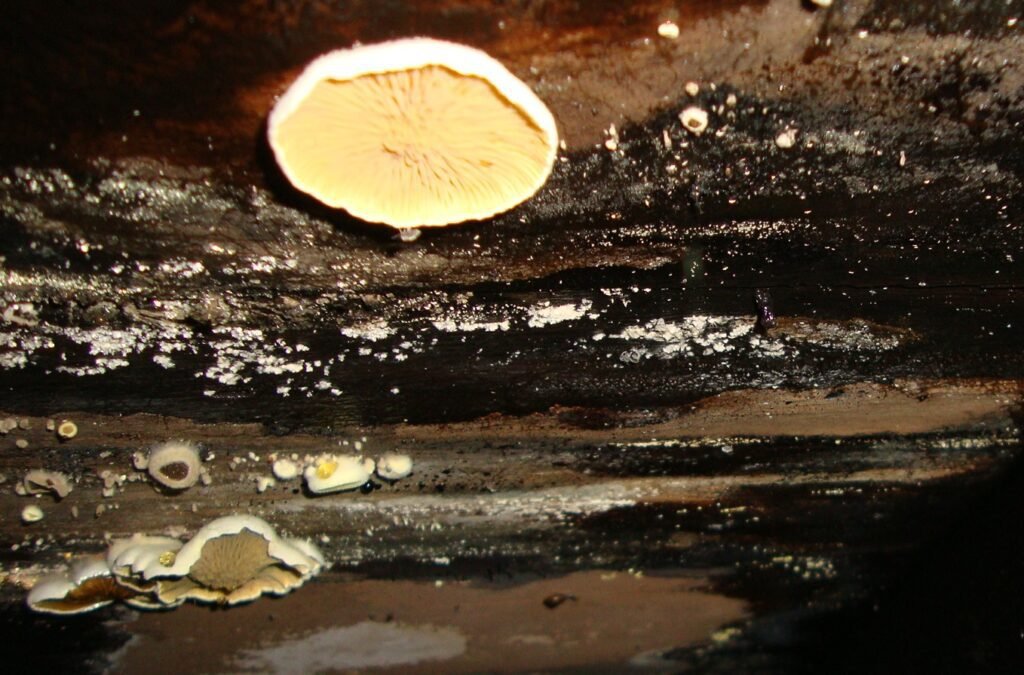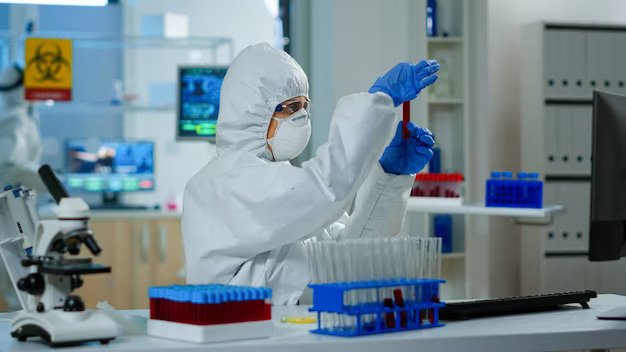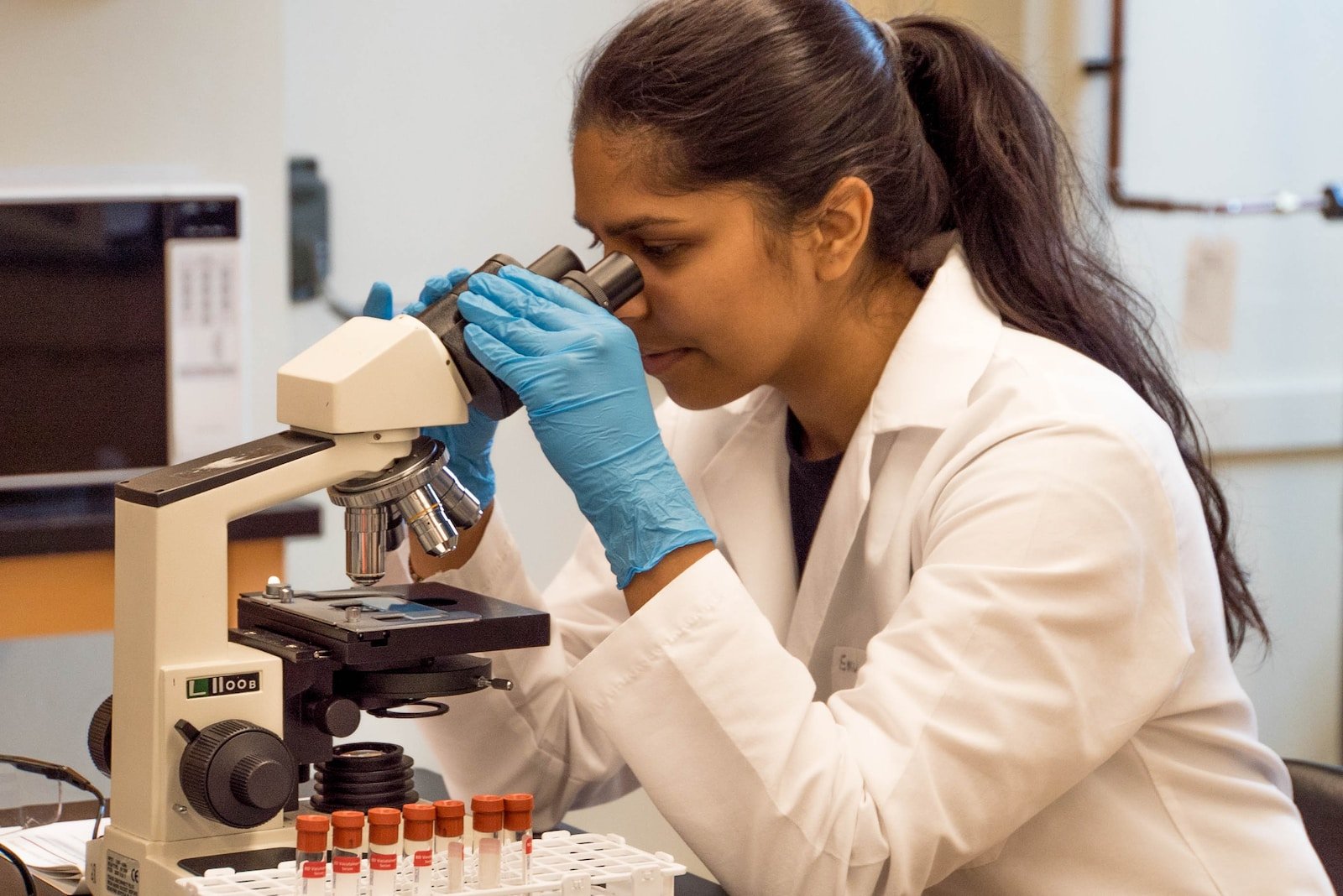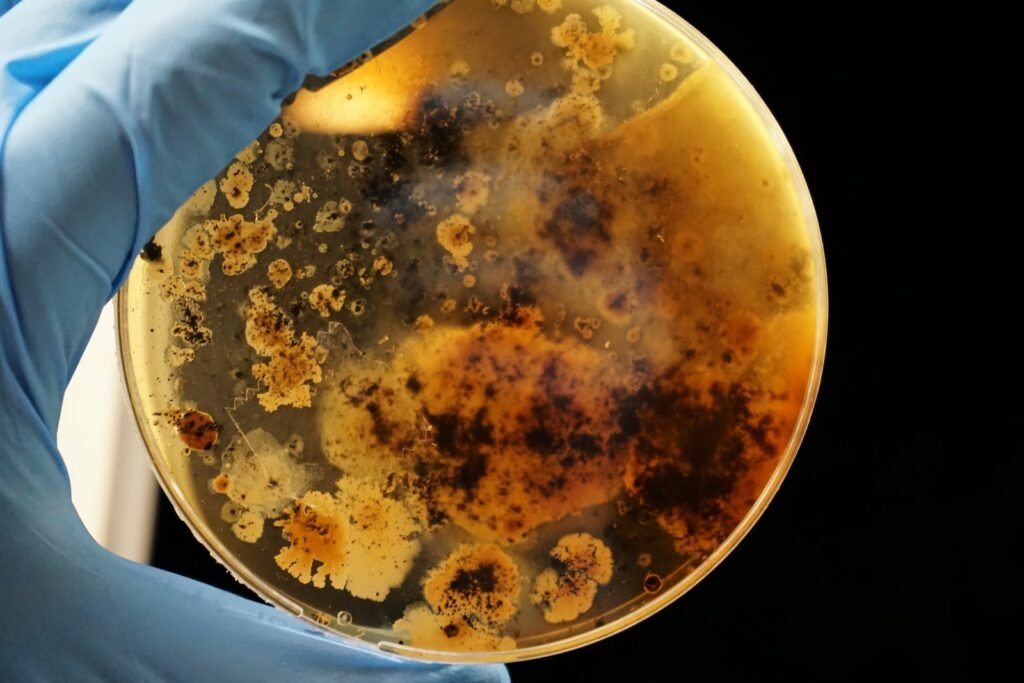MOLD Testing
MOLD TESTING SERVICES

Mold is present in virtually every home and business in the United States. During a professional mold assessment, it is expected that some level of mold spores will be detected. The key distinction lies between:
- Normal background mold levels – the “indoor fungal ecology,” where mold spores are present at low, typical levels.
- Abnormal mold accumulation or indoor growth – where concentrations exceed acceptable thresholds or visible growth is present.
Unchecked mold growth can damage building materials and furnishings, and in some cases contribute to health concerns. While NTX Enviro does not provide medical advice, some mold species are known allergens or irritants, and others may be associated with respiratory or other health issues. Visible mold growth or persistent musty odors should always be considered a condition requiring prompt attention.
When is Mold Testing Recommended?
Mold inspection and testing is advisable when:
- Visible mold growth or staining is observed.
- Musty odors suggest possible hidden contamination.
- Moisture intrusion or water damage has occurred.
- Occupants are experiencing allergy-like or respiratory symptoms that may be linked to indoor air quality.
- Verification is needed that an indoor environment has been returned to normal fungal ecology after remediation.


What NTX Enviro Provides
Our licensed Mold Assessment Consultants will:
- Conduct a visual inspection for visible mold growth and past/present moisture intrusion.
- Take moisture readings to identify areas of elevated water content.
- Collect air, surface, or bulk samples (as appropriate) for laboratory analysis.
- Submit all samples to an independent, accredited laboratory under chain of custody.
- Deliver results typically within 24-48 hours, along with a written report including:
- Photographs of areas inspected,
- Laboratory findings, and
- Professional recommendations for next steps.
Important Note: Mold testing and inspection provide a snapshot of conditions at the time of sampling. Results do not guarantee that hidden mold is absent in inaccessible areas, nor can they predict future mold growth.
Why Hire a Licensed Professional for Mold Inspection or Testing?
Mold testing and inspection must be conducted carefully, as each testing method has specific limitations. Results may sometimes be interpreted in more than one way. A licensed Mold Assessment Consultant (MAC) has the training, experience, and legal authority to properly implement testing methods, interpret results, and place them in the correct context.
Unfortunately, some companies claim to be “mold professionals” but lack the required state license and formal training. This can lead to inaccurate results, unnecessary alarm, or missed contamination.
By choosing NTX Enviro, you can be confident that:
- All inspections and testing are performed by a Texas Department of Licensing and Regulation (TDLR) licensed Mold Assessment Consultant (MAC).
- Samples are submitted under a strict chain of custody to an independent, accredited laboratory licensed by TDLR and recognized by the American Industrial Hygiene Association (AIHA).
- Results are analyzed by qualified professionals using recognized industry standards, not on-site guesswork or unverified testing devices.
Important: Only a licensed MAC can legally prepare a mold remediation protocol in Texas. This ensures that your inspection, testing, and recommendations meet the state’s professional and regulatory requirements.
Depending on the project requirements, NTX Enviro may utilize one or more of the following sampling methods:
- Air Samples
- Wall/Ceiling Cavity Samples
- Dust Samples
- Surface Samples
- Bulk Samples

Air Sample
Air sampling is a method used to evaluate indoor air quality by measuring the presence of mold spores and other airborne particles in a defined volume of air. During this process, a calibrated pump draws air through a spore-trap cassette, which captures spores on a collection surface for later examination. The cassette is submitted to an independent, accredited laboratory, where it is analyzed microscopically to identify and quantify fungal material. In some cases, culturable sampling may also be performed using an N-6 impactor, which deposits air onto specialized culture media to allow viable fungi or bacteria to grow for further analysis.
Wall/Ceiling Cavity Sample
Wall and ceiling cavity samples are used to evaluate hidden areas that may be affected by water intrusion. To collect this type of sample, a small access hole is drilled into the surface and a plastic tube is inserted to draw an air sample from inside the cavity. The air is captured on a spore-trap cassette, which is then analyzed microscopically by an independent laboratory. These samples are most often collected in areas associated with plumbing leaks, roof leaks, or other potential sources of concealed water damage.
Dust Sample
Dust samples are collected from carpets, furnishings, or other porous materials to evaluate microbial accumulation within settled dust. These samples may be analyzed by microscopic examination, viable fungi culture, or viable bacteria culture, depending on the testing requirements. When culture methods are used, results are reported as colony-forming units per gram (CFU/g) of dust. Bulk dust samples provide an indication of the average microbial loading within the sampled material and can be useful in assessing long-term exposure potential.
Surface Sample
Surface samples are collected from areas showing visible water staining or microbial growth to help identify the type and extent of contamination. Samples may be taken with sterile cotton swabs, which are sealed and labeled for analysis, or as tape-lift samples that capture material directly from the surface. Depending on the testing method, the collected material may be examined microscopically or cultured to identify viable fungi or bacteria. Surface sampling can be performed over a defined area or as a composite from multiple points on a suspect surface.
Bulk Sample
Bulk samples involve removing a small portion of material, typically about 2” x 2”, from an area showing visible microbial growth or other signs of concern. The sample is carefully cut from its surroundings, sealed in a container, and submitted to an accredited laboratory under chain of custody for analysis. Bulk sampling allows for a more detailed evaluation of contamination within the actual building material, providing insight into the extent and type of microbial growth present.
